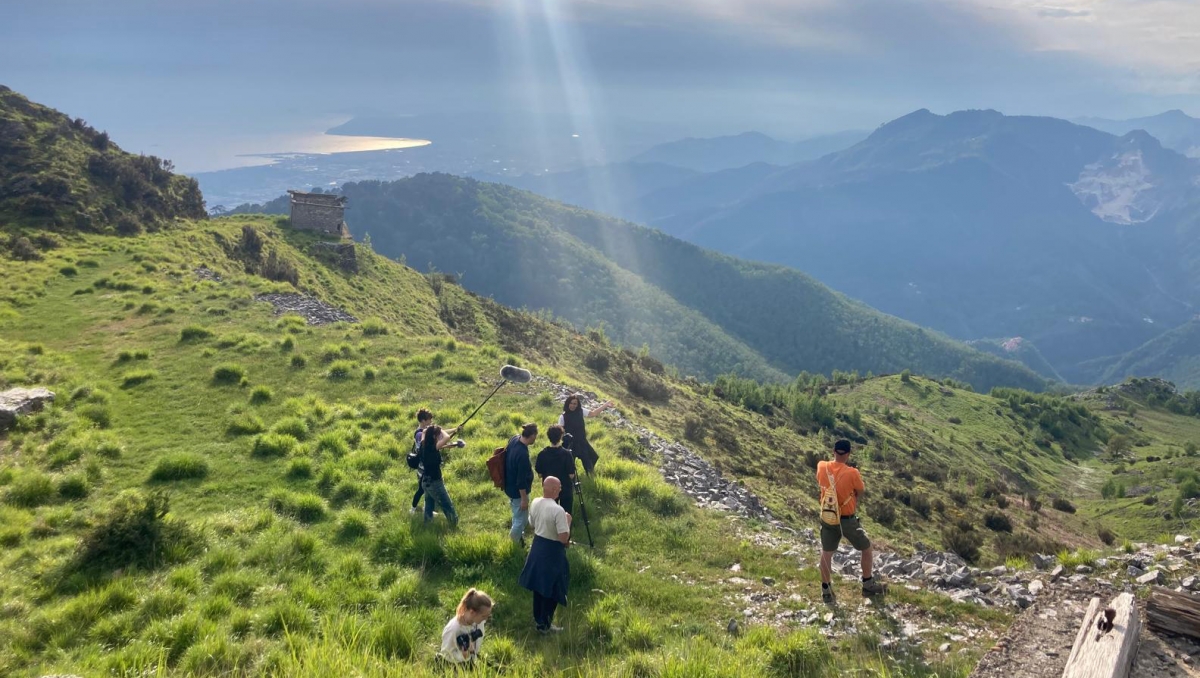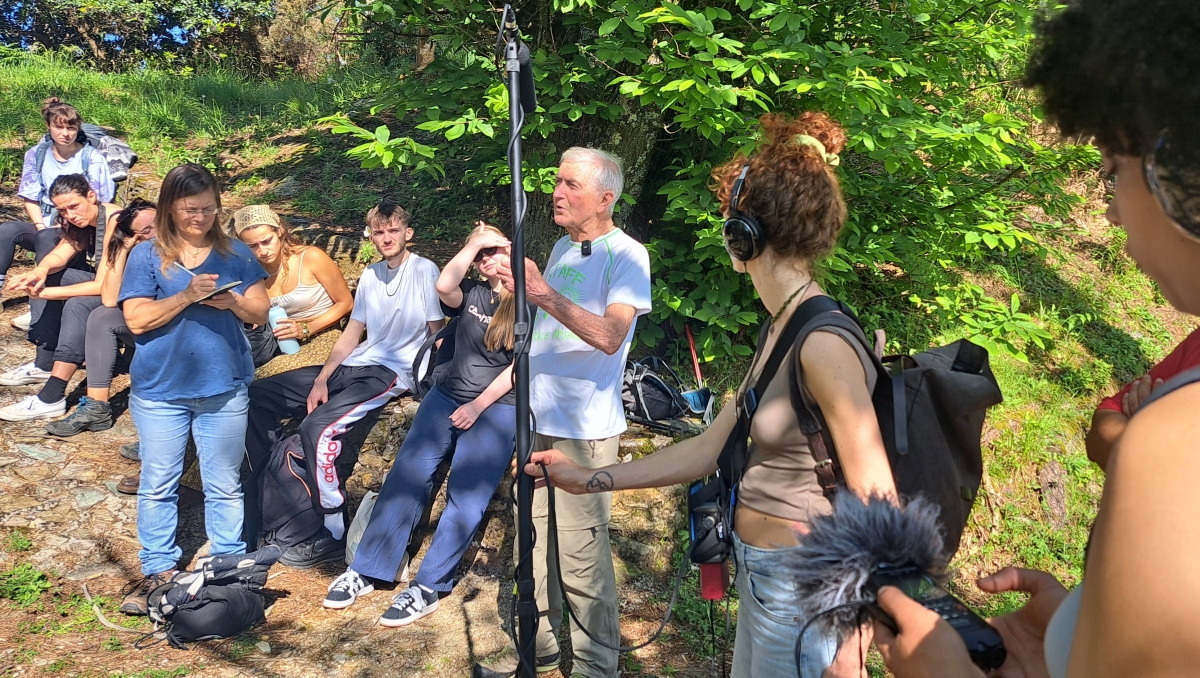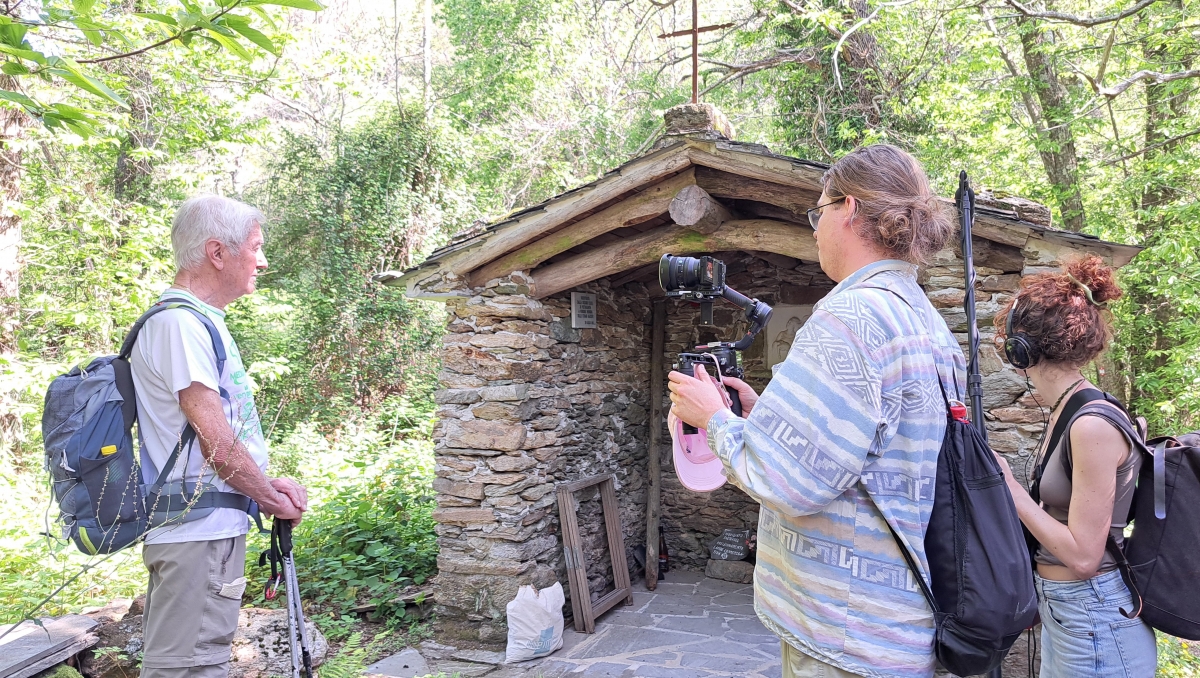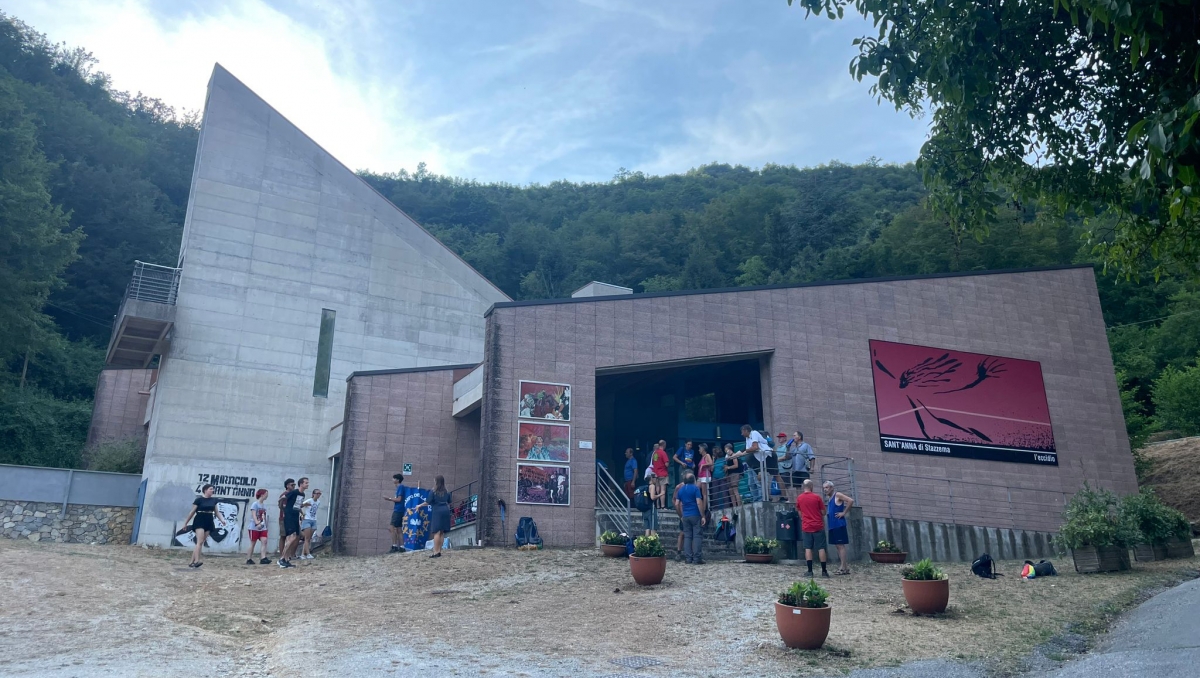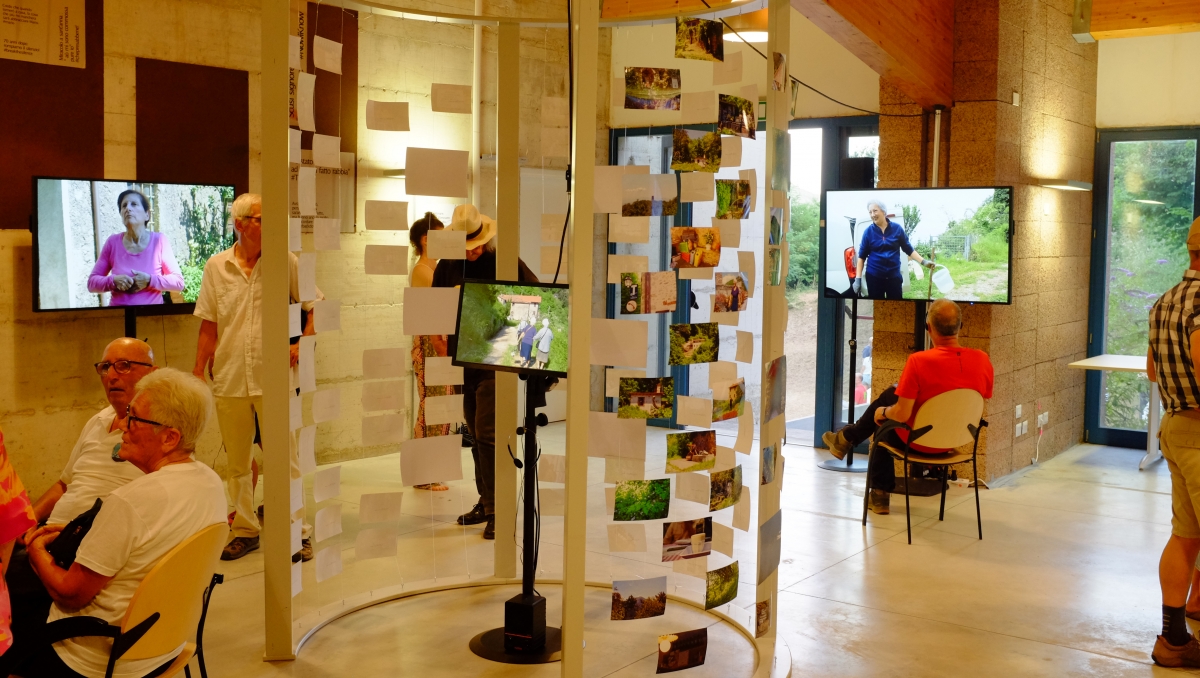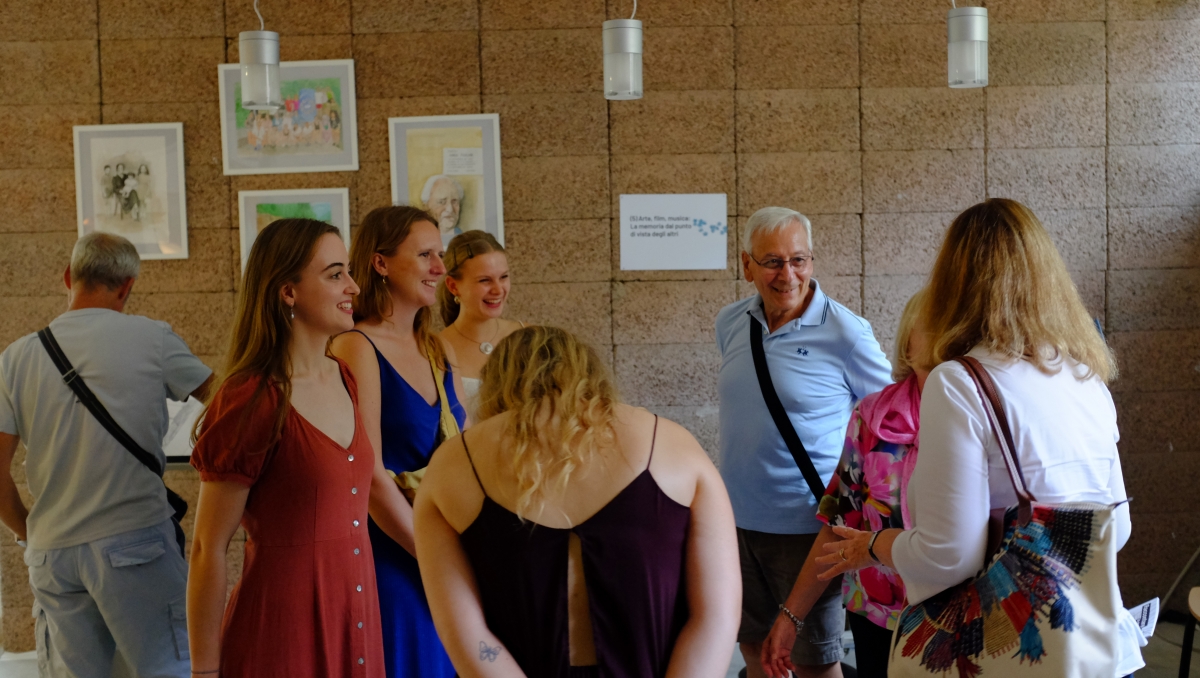Network of commemoration
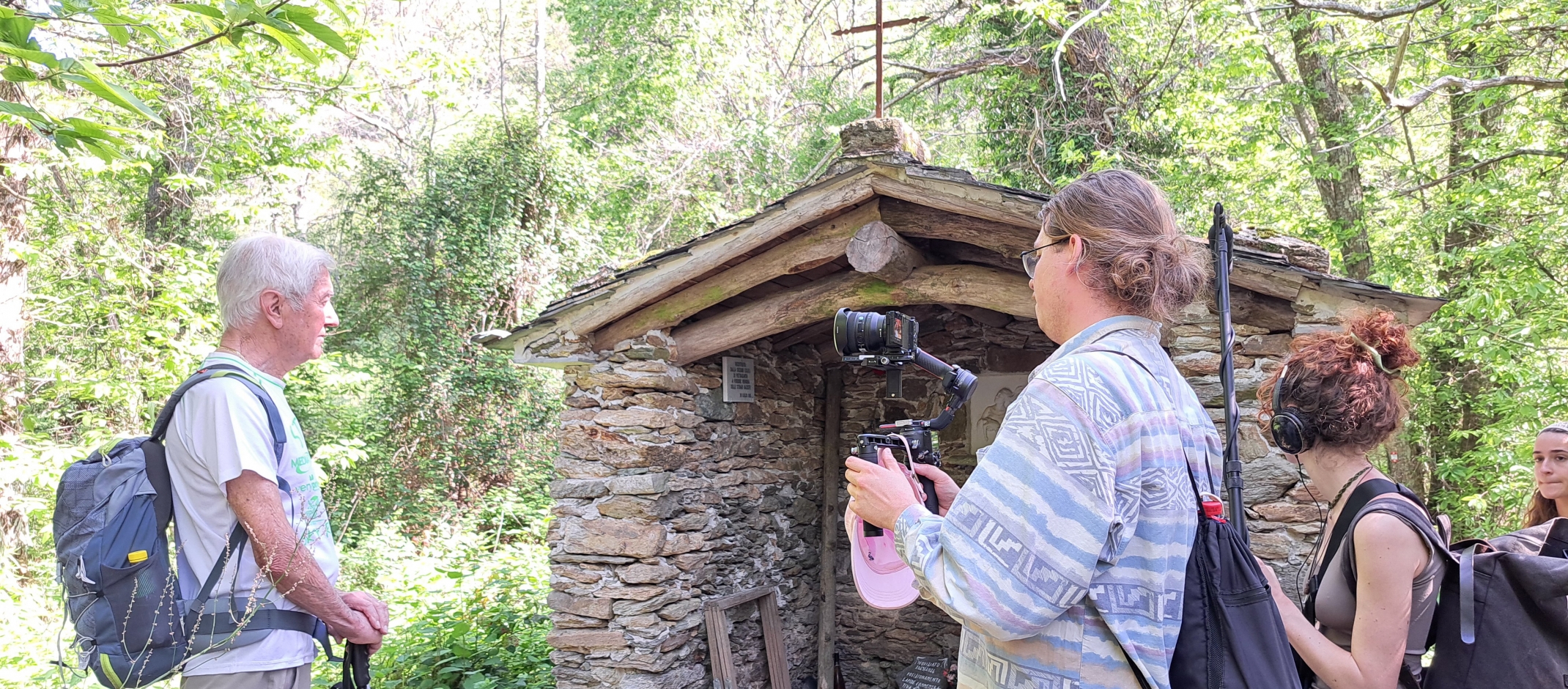
The Third Reich in history lessons – I actually thought this topic had been covered in detail at my school. However, I never had heard about the crimes committed by German troops in Italy. The country had been an ally of Hitler's Germany before Mussolini's fall in 1943 and then changed sides. Nor did I know of the civil war-like conditions in northern Italy that ensued between Mussolini's fascist troops and Italian partisans.
The massacre and aftermath
The Tuscan mountain village of Sant'Anna di Stazzema was located on the front line between the Germans and Italian fascists on one side, and the Allies and Italian partisans advancing northwards from the other side in the summer of 1944. On 12 August, German units atrociously murdered 560 people here, allegedly as part of the "fight against partisans". All victims were civilians.
Analysis and consequences of the German and Italian fascist crimes followed very sluggishly in post-war Italy (keyword: Armoire of Shame (Website in German). At the beginning of the 1970s, Enio Mancini (Website in German) and the late Enrico Pieri (Website in German) provided important impetus for the commemorative work in Sant'Anna. Both had survived the massacre as children. Since then, various associations have taken care of keeping the memory alive. In the area around the mountain village, the Parco nazionale della Pace was created, which is home to a museum and a memorial, and promotes art as well as meeting projects.
Many keep the memory of what happened in Sant'Anna di Stazzema alive, including the survivors' and relatives' association Associazione Martiri Sant'Anna di Stazzema 12 Agosto 1944 and the Associazione Nazionale Partigiani d'Italia (National Partisan Association). By maintaining the historic paths, the members of the nature conservation association Amici del Parco regionale delle Alpi Apuane, too, are contributing to preserving Sant'Anna as a place of remembrance. The Sant'Anna network also includes numerous German initiatives, for example AnStifter e.V. (Website in German) in Stuttgart, whose activities draw attention to the lack of reappraisal on the part of Germany, the Westermann couple from Hamburg with their peace organ initiative and the annual German-Italian youth exchange programme Campo della Pace (Website in German).
The exhibition
In the summer of 2024, we, students of anthropology and literature at the University of Konstanz, explored the place and its history through film and photography. Led by Maria Lidola, Sarah Seidel and Petra Quintini, we developed an exhibition entitled ÜberLeben Erzählen(stories of survivors), which aims to carry on the memory of the Sant'Anna massacre. During an excursion to Italy in May, we met survivors, descendants and). We listened to testimonies, attended rituals of remembrance, hiked the access routes to the remote place, explored abandoned houses and participated in life in the village. Another part of our class looked at activist networks in Germany, especially Stuttgart.
Traces in the landscape
My subgroup focused on the trails around Sant'Anna. Access routes to the village, former mule paths, are steep and winding. Galileo Venturini from the Alpine Club led us up. We stopped at various places: a dilapidated house that bears witness to rural life in the mid-20th century, a chapel commemorating a mother and her newborn baby, a crossroads with a memorial stone for a child who tried to warn the neighbours and did not survive. German troops had approached Sant'Anna and its districts from four directions at the crack of dawn. Today, visitors can walk all four paths and retrace the events on information boards. The notion of walking on the same ground as victims and perpetrators back then is humbling.
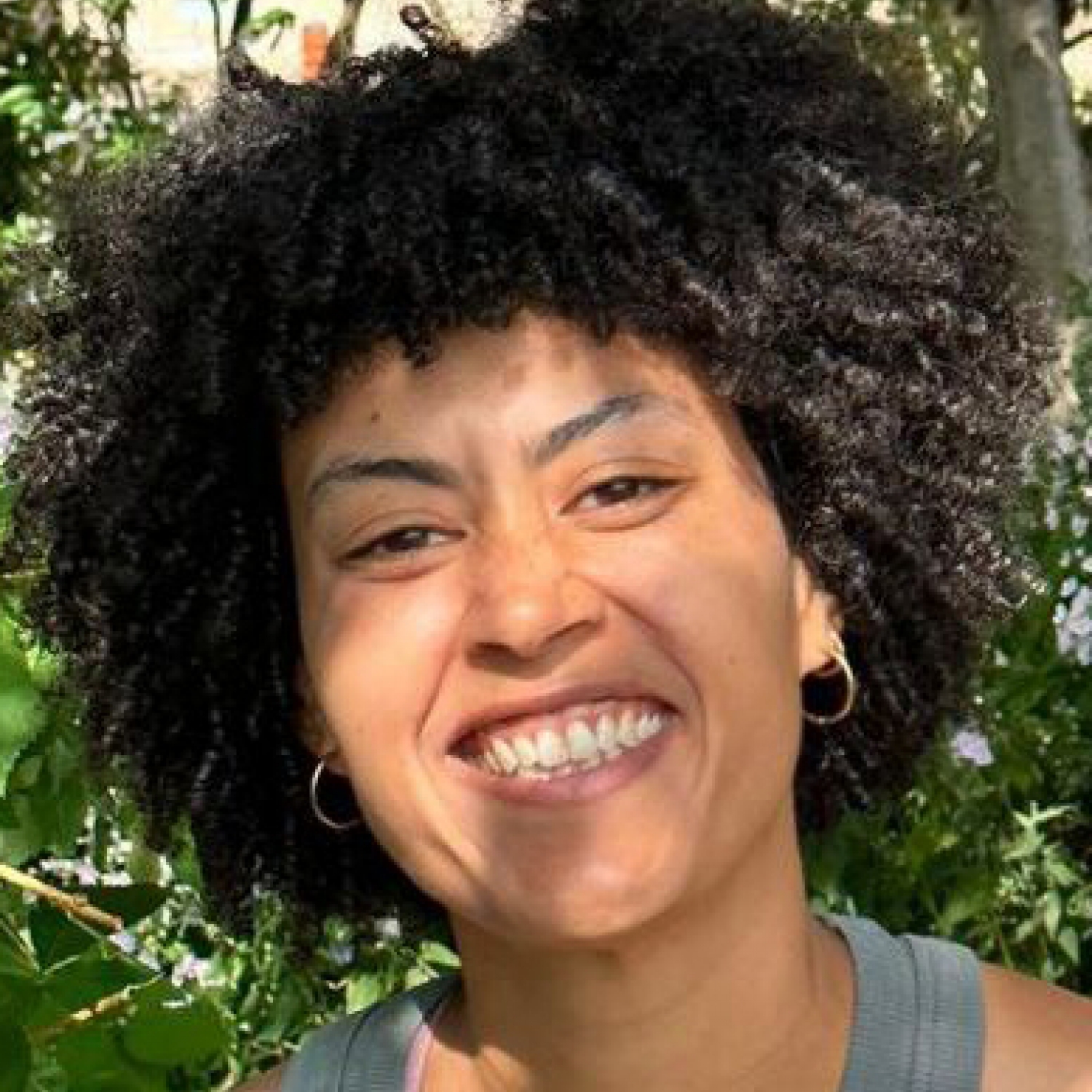
What has stayed in my memory the most from the two visits to Sant'Anna is the network of organizations and individuals who keep the memory of the events alive.
Amélie Kroneis, student of the master's programme “Global European Studies”
Centring on the surviving contemporary witnesses, an international network of living remembrance has been created around the actual village of Sant'Anna. Through opportunities for encounters such as the Campo della Pace, the network is constantly expanding. With our exhibition project, we, too, could broaden this network.
But what happens when the most important parts of the memorial networks, i.e. the contemporary witnesses, are no longer around? Meeting them was a great gift for us participants – their willingness and generosity, when they were over 80 years old, to talk about their pain, and engage with a group of German students. With the exhibition project, we aim to pass on a bit of this encounter.
Opening on the anniversary
The exhibition was openend in Sant'Anna di Stazzema on 11 August, where the works were on display for two weeks around the 80th anniversary commemoration. Not only official representatives attended the ceremony, also survivors came to the opening and, to our delight, thought the exhibition was very good. Other visitors, too, commended the project, showing us that others share our aim of preserving the voices of contemporary witnesses of the Second World War for posterity.
From 20 November to 5 December 2024, the exhibition "ÜberLeben Erzählen" will be shown at Stadtpalais Stuttgart. From 14 to 31 May 2025, the project is at display in the Bürgersaal Konstanz.
On 10 December 2024 at 18:30, the Zebra cinema in Konstanz will show a documentary on the massacre "Das zweite Trauma – das ungesühnte Massaker von Sant’Anna di Stazzema" by Konstanz filmmaker Jürgen Weber.

